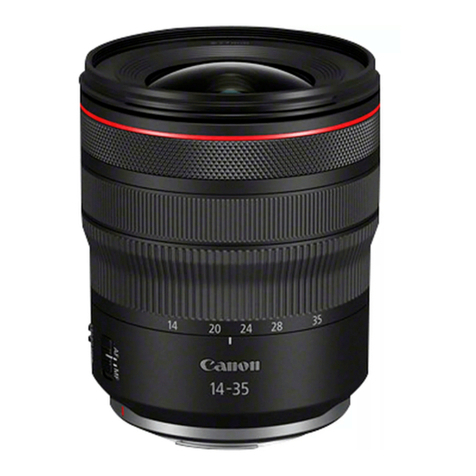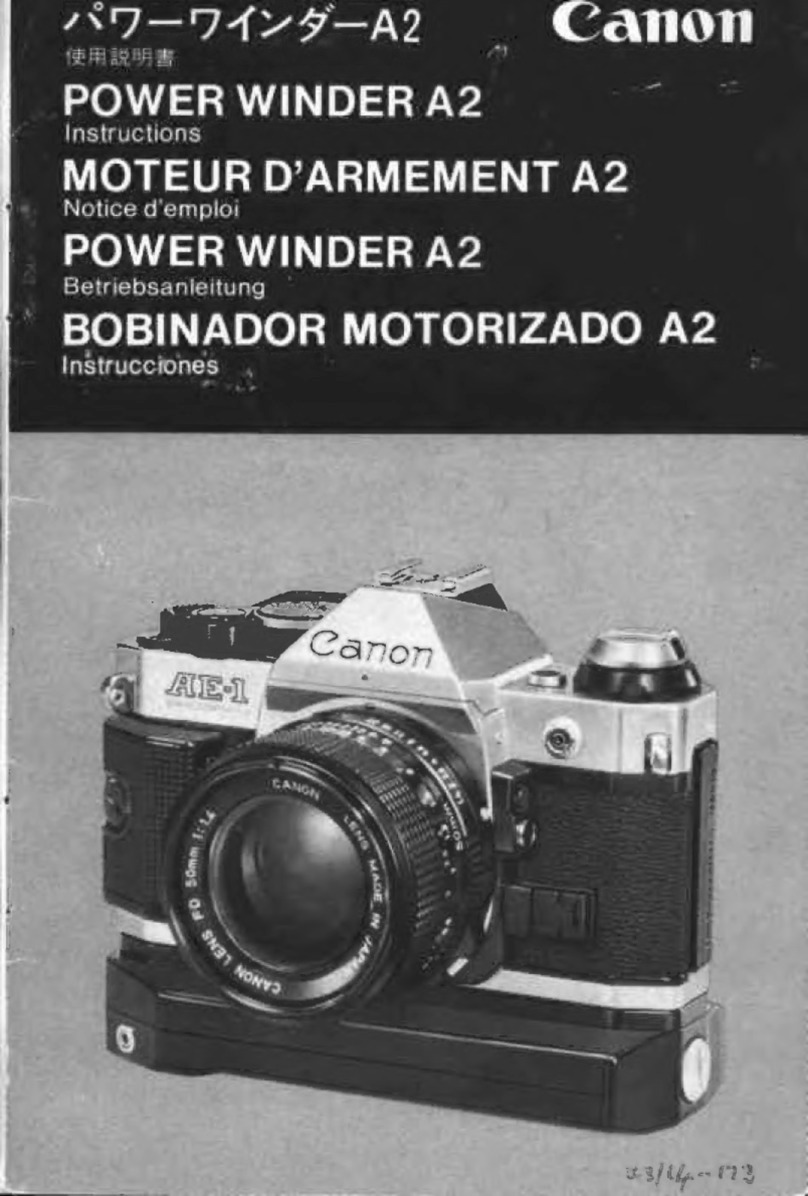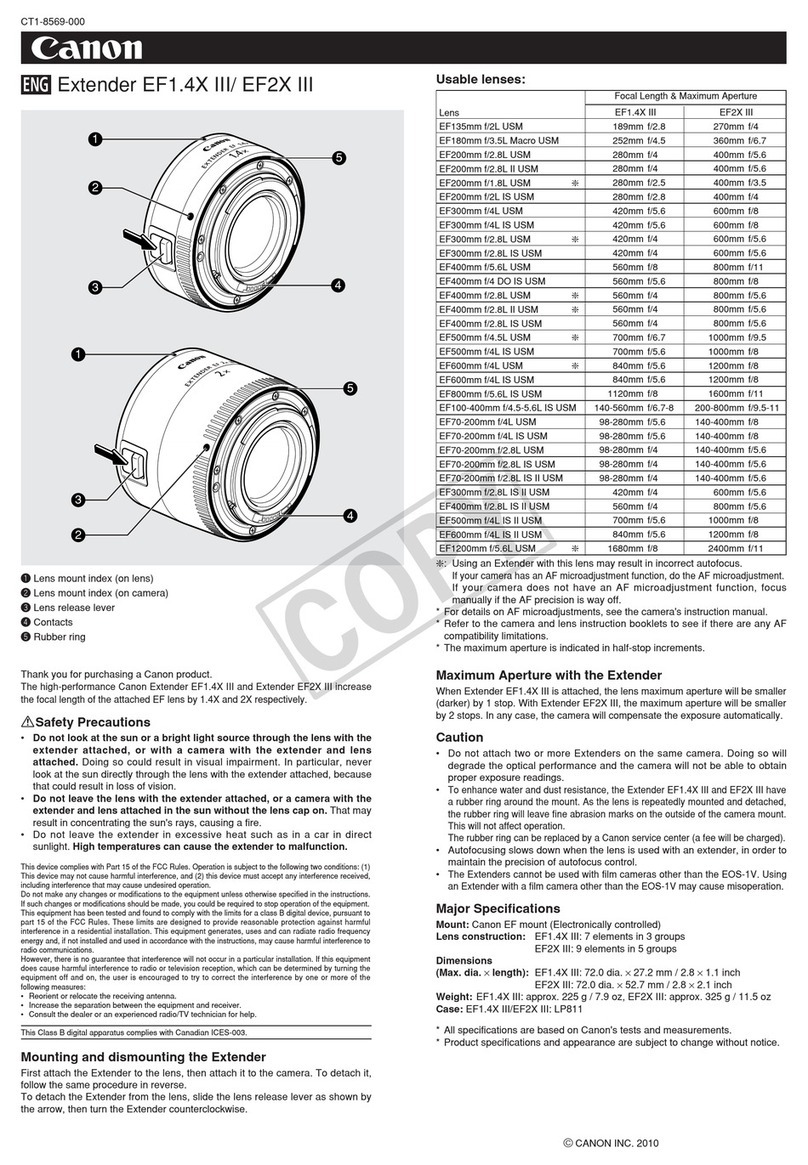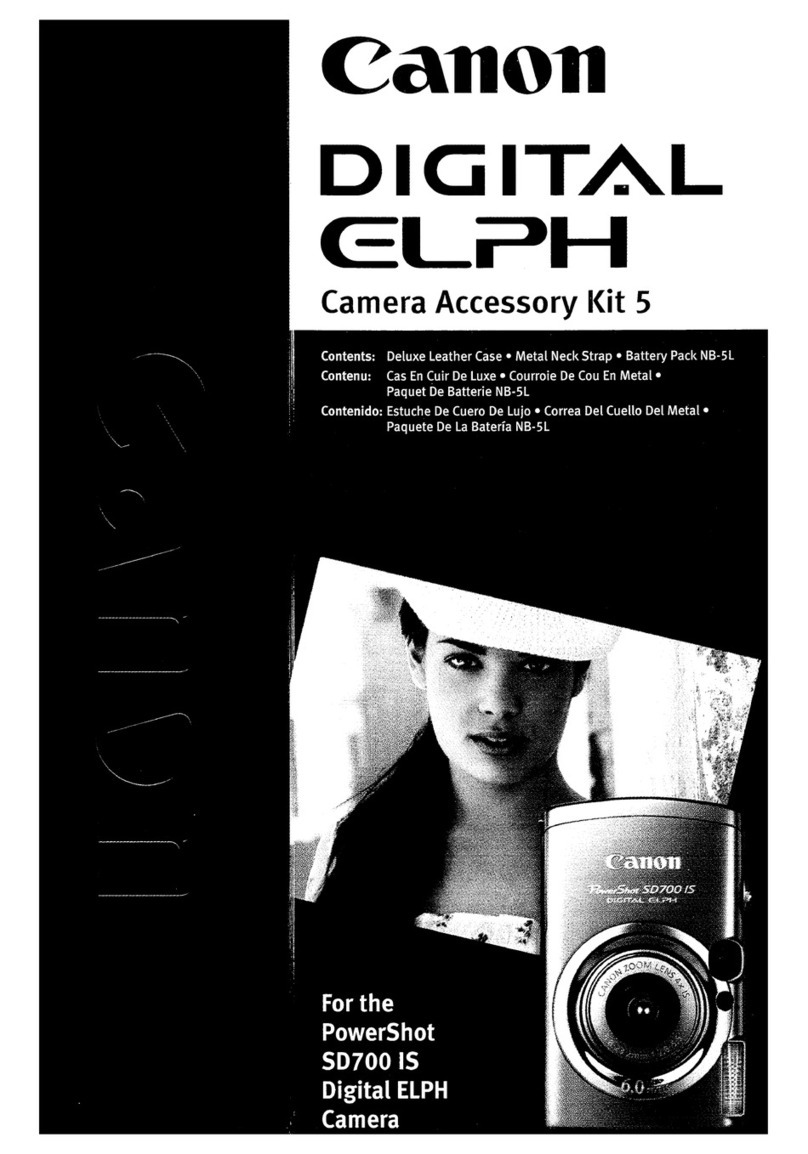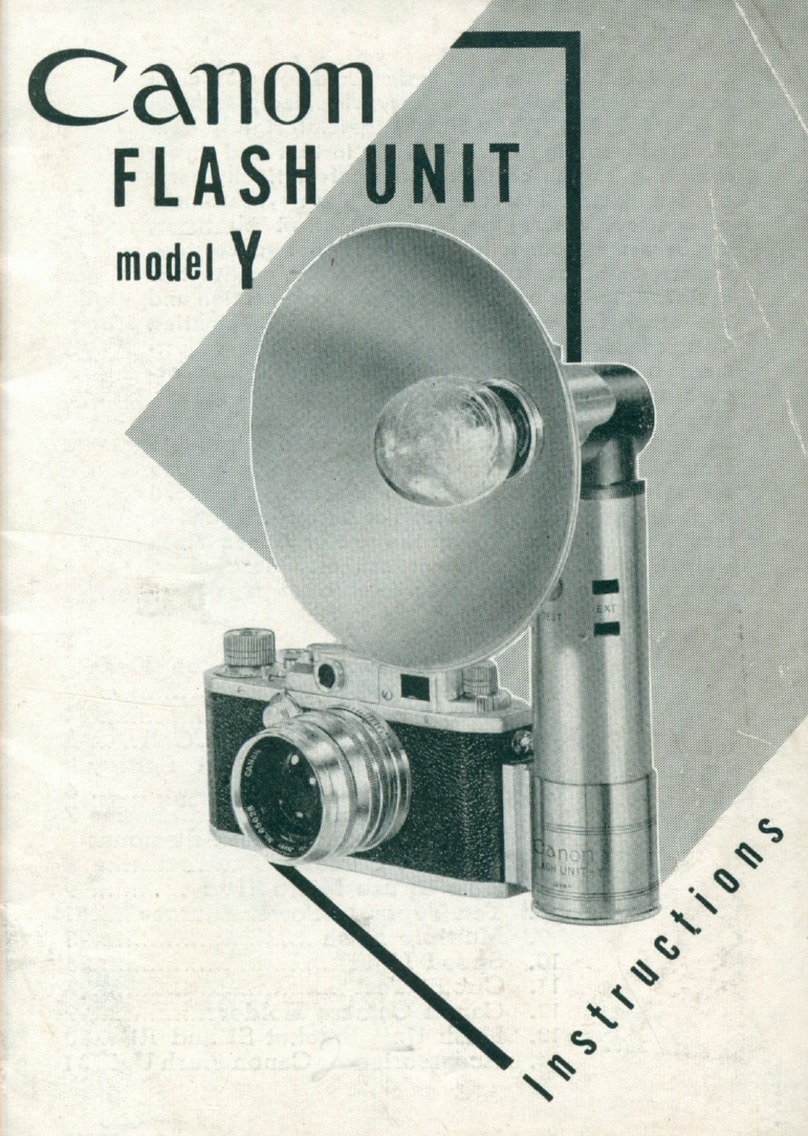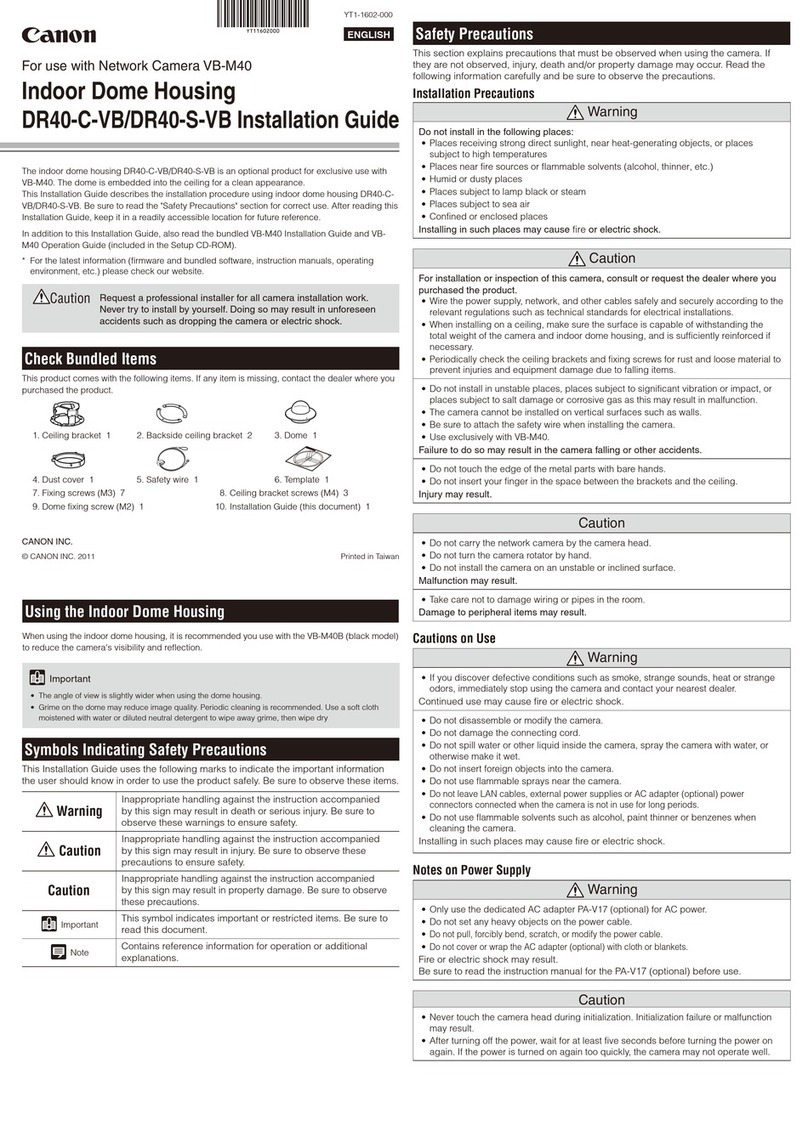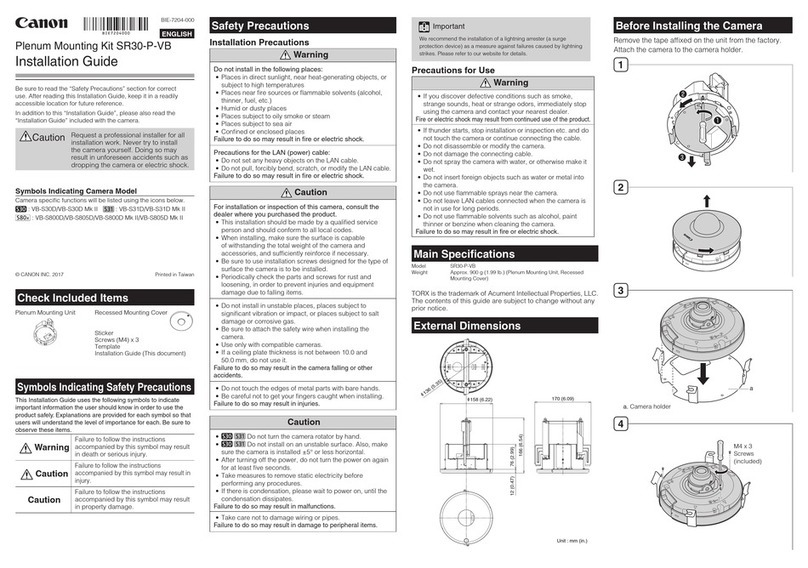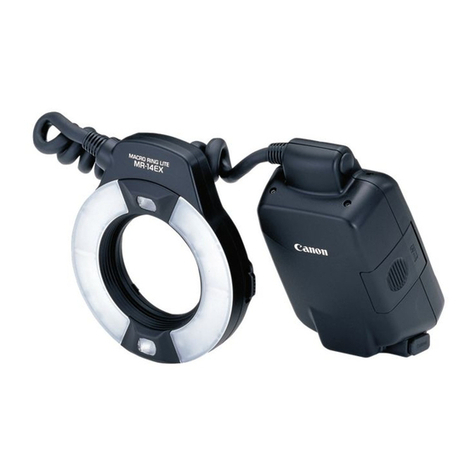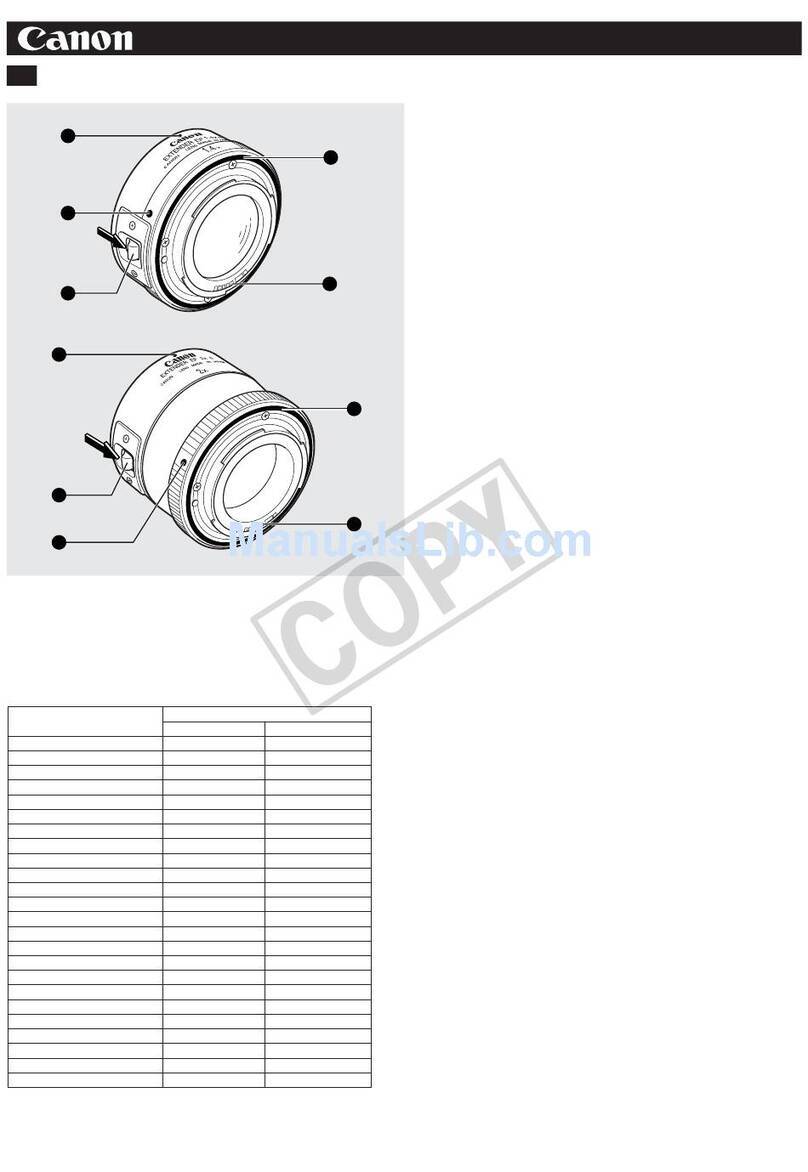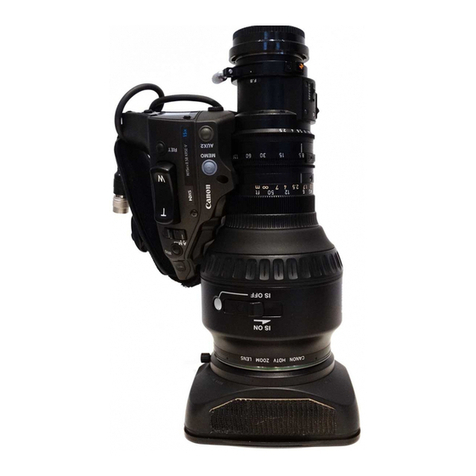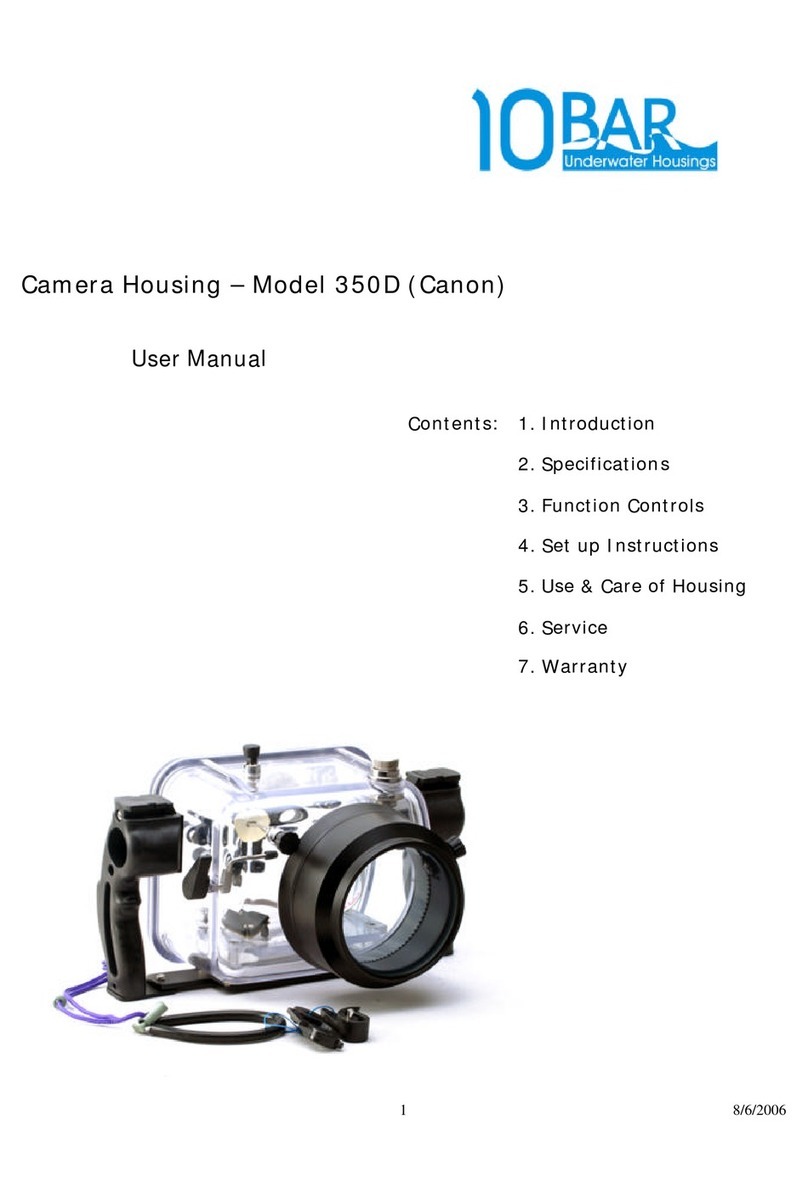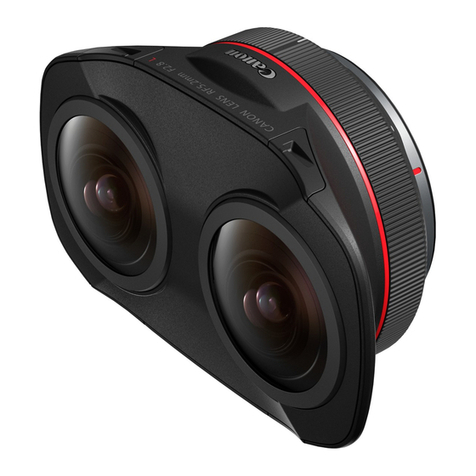
Cinema EOS for 2K and HD Origination
Introduction
Canon began a rollout of a family of Cinema EOS cameras in the Fall of 2011. The EOS C300 made its
debut in November 2011 as an HD-only camera that captured digital HD in-camera to Compact Flash
cards. It employed an innovative new Super 35mm 4K image sensor to originate that HD. The EOS C500
followed in 2012 as a digital cine camera having a far broader capability in the digital image formats it
originated. It delivers a choice of 4K, 2K, or HD uncompressed files for external recording. It is intended
for very high-end origination of movies or television production. Finally, the EOS C100 flanks the family
–at the lower-budget end –it too, being an HD-only camera.
This paper is intended to focus on the important differences between the EOS C500 and the EOS C300 –
purely in the context of HD or 2K digital origination. The 4K capabilities of the C500 will be addressed in
a separate paper.
Imaging Section of EOS C500 and EOS C300
These two cameras share identical imaging sections –in terms of deployment of the Super 35mm 4K
CMOS image sensor specially developed by Canon for digital motion imaging. Accordingly, the two
cameras share in common the exceptional high sensitivity , wide dynamic range, and high picture
sharpness produced by this image sensor.
Figure 1 The same 4K CMOS image sensor is used in both the C500 and the C300 digital
cine cameras
1
Most large-format single-sensor cameras employs the Bayer CFA (color filter array) to encode the RGB
color information. Typically, the RAW outputs from these cameras constitute a single output signal
which is subsequently debayered to structure the three separate RGB video components. This process
entails some degree of reconstruction errors depending upon the sophistication of the debayering
algorithm. The EOS C500 and C300 cameras also employ the classic Bayer CFA –but we deploy an
alternative strategy to the construction of the separate HD / 2K RGB frames as described in Reference
[1]. No demosaicing processes whatever are employed.
Within the 4K CMOS image sensor there is an innovative readout mechanism that directly reads out four
2K video components in parallel. They are R, Gr, Gb, and B (each at 1920 x 1080 or, in the case of
the C500, they can be selected as 2048 x 1080 depending upon the particular choice of “2K”). Because
of the nature of the Bayer pattern the two green components Gr and Gb are spatially offset with respect
to each other. When they are summed to form the final 2K Green component the traditional first order
horizontal and vertical sidebands cancel which eliminate a major source of aliasing. As a consequence
the optical low pass filter can be better optimized for an unusually high green MTF. For more
information on how this works please see Reference [2].
The Sensitometric characteristics of the two cameras are identical as described in Table 1 and are more
fully described in Reference [3].
Table 1
2
